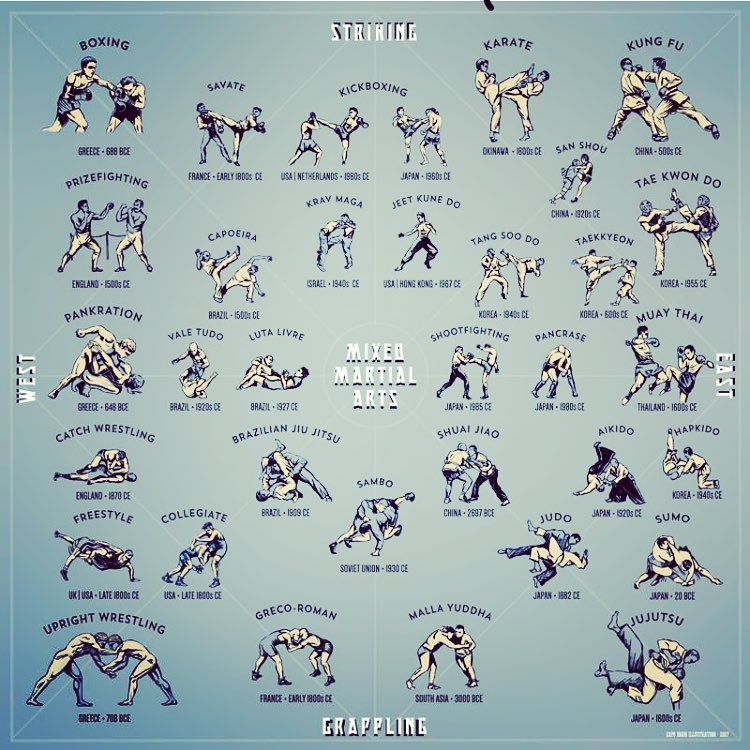Exploring The Differences In Between Standard Martial Arts And Contemporary Combat Sports
Exploring The Differences In Between Standard Martial Arts And Contemporary Combat Sports
Blog Article
Short Article Writer-McGinnis Johnson
When you consider martial arts, do you lean extra toward the traditional techniques or the modern-day fight sports? Each course provides one-of-a-kind benefits and experiences, formed by their approaches and training approaches. what martial art does the karate kid use emphasize individual development and discipline, while modern combat sports concentrate on competition and performance. Understanding these differences can guide you in picking the ideal strategy for your journey. However how do these differences materialize in training and ideology?
The Approach and Background Behind Traditional Martial arts
While lots of people connect martial arts with physical battle, the philosophy and history behind standard martial arts run much deeper. You'll locate that these disciplines highlight individual growth, discipline, and respect.
Stemming from old techniques, typical martial arts were often established for Self-Defense and spiritual advancement. They personify principles such as balance, harmony, and self-discipline, guiding professionals past mere battling abilities.
As you train, you'll not only find out techniques yet likewise acquire understandings into the culture and values that shaped these arts. The rituals and customs, commonly given via generations, foster a sense of community and belonging.
The Affordable Nature of Modern Battle Sports
Modern fight sports have actually changed the landscape of martial arts into a very affordable arena, where professional athletes face off in an examination of ability, strategy, and endurance.
You'll notice that competitions are often organized with stringent rules and guidelines, guaranteeing justice and safety and security. These events attract huge audiences, fueling the excitement and intensity of competitions.
Professional athletes educate carefully, not just for physical prowess however also for mental strength, knowing that every detail counts in the ring. what's the best martial art to teach your kids throughout competitions is palpable, as competitors press their limitations to declare victory.
https://remingtontknax.loginblogin.com/43053269/start-your-trip-to-mastering-protection-by-deciphering-the-complex-connection-between-fear-and-empowerment and virtuosity included, making contemporary fight sporting activities a thrilling spectacle that continues to evolve and mesmerize enthusiasts around the globe.
Training Approaches and Techniques: A Relative Analysis
The affordable atmosphere of contemporary battle sports demands ingenious training techniques that vary significantly from standard martial arts.
In modern training, you'll focus on particular techniques, sparring, and conditioning, usually utilizing drills that imitate real battle scenarios. You'll see a focus on measurable efficiency and constant competition to examine your skills.
On the other hand, standard martial arts focus on kinds, katas, and philosophical teachings, commonly stressing self-control and regard over competitors.
Training is typically much less intense and might include repetitive practice as opposed to real-time sparring.
While both methods build skill and fitness, modern combat sports supply a more vibrant and adaptable training environment, preparing you for immediate obstacles in the ring or cage.
Pick the course that lines up with your goals and interests.
Verdict
In choosing in between conventional martial arts and contemporary fight sporting activities, it actually comes down to what you value a lot of. If you're searching for individual growth, discipline, and a sense of neighborhood, conventional arts may be your finest fit. However if you thrive on competition and real-time challenges, modern-day battle sports could be the method to go. Ultimately, both courses supply special benefits, so it's all about aligning your training with your personal objectives and interests.
